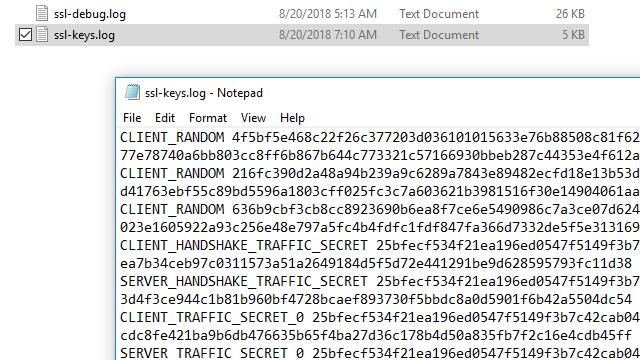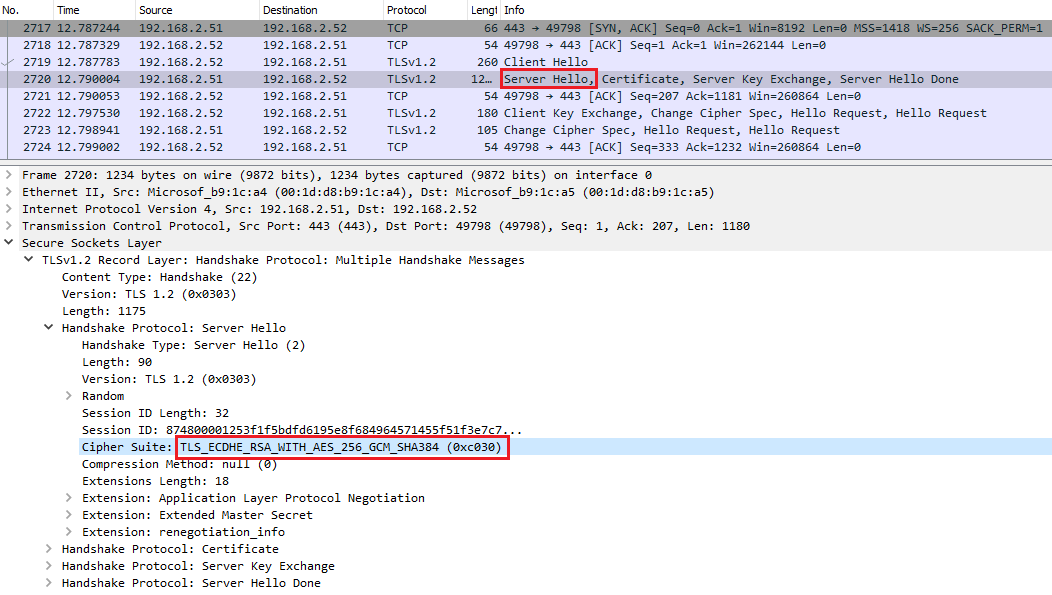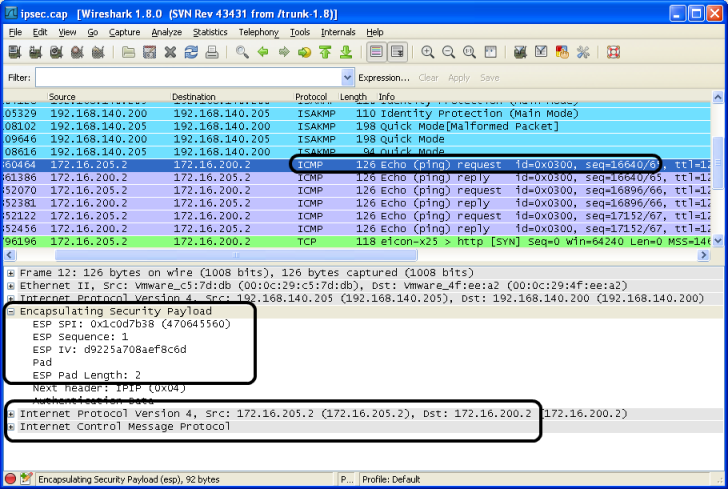

I’m using Windows 2003 Server for this demo. pfx format, which requires you to set a password. The certificate used by the Terminal Server are in the “Personal” or “Remote Desktop” certificate store for the “Computer Account”. Simply use MMC’s “Certificates” plugin to export the private key for the SSL certificate. The geocerts site provides as good a walkthrough of how to do this as any other. On with the decryption… Extracting private SSL keys for service certificatesįollowing a compromise of a server, an attacker with administrator level privileges could simply extract the private keys used for server authentication from the certificate store. Note that I’ve only tried this for plain SSL-based RDP connection – as opposed to CredSSP (SSL+NLA) connections, so YMMV. If it is, this post applies to your RDP session and will show you how to decrypt it. If you first “Analyze | Follow TCP Stream” for the TCP port 3389 traffic, then “Analyze | Decode As… | SSL”, Wireshark will show you the SSL Server Hello message.

How to tell if your RDP session is vulnerable I stopped the capture straight after entering a password. I simply started recorded all traffic on my ethernet interface, then connected to an RDP server using mstsc and entered a password. Recording encrypted RDP connections with Wireshark Put in more technical language: This post is about Perfect Forward Secrecy, how SSL connections often lack this desirable security property, that RDP uses SSL and therefore could also be vulnerable to retrospective decryption. (By the way, you need the server's private key to do this, of course.This post describes how network eavesdroppers might record encrypted RDP sessions and at some later time (after a server compromise) be able to decrypt them. This could expose any data sent over the RDP connection including keystrokes, usernames and passwords. The log files will contain the pre-master secret and the shared keys. (Note that the user interface has changed slightly in newer versions of Wireshark, in the way you configure the private key.) If you follow the instructions about decrypting SSL with Wireshark, use the "SSL debug file" option to store the logs into a file.

(Note that using Ephemeral Diffie-Hellman isn't the only reason for not seeing a server key exchange message: it could also use a DH_DSS or DH_RSA cipher suite, but this is unusual as far as I know). You can see the encrypted pre-master secret when using RSA authenticated key exchange. You won't see the encrypted shared-key, it's not exchanged.


 0 kommentar(er)
0 kommentar(er)
